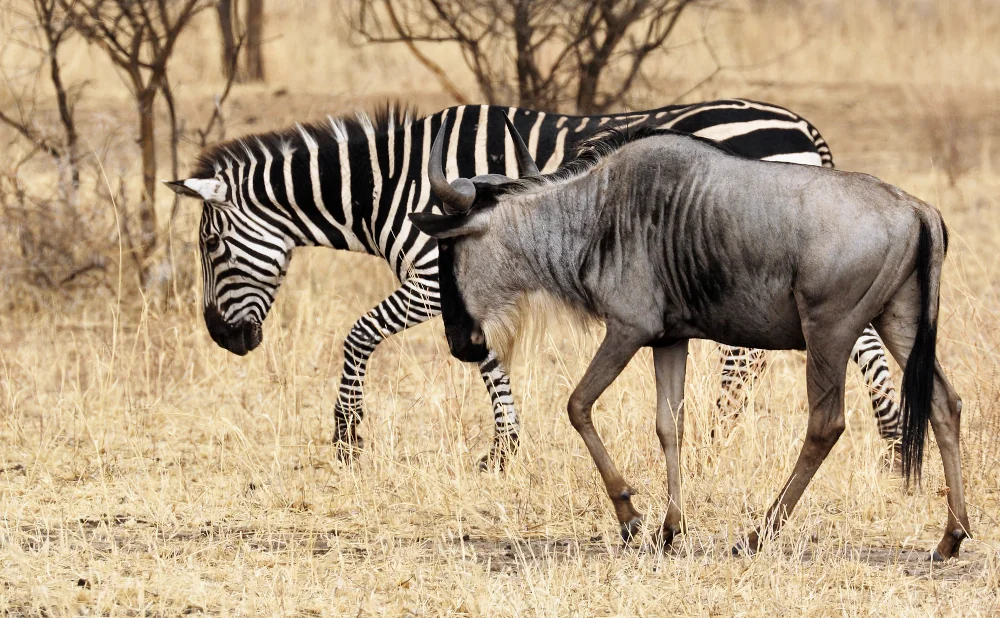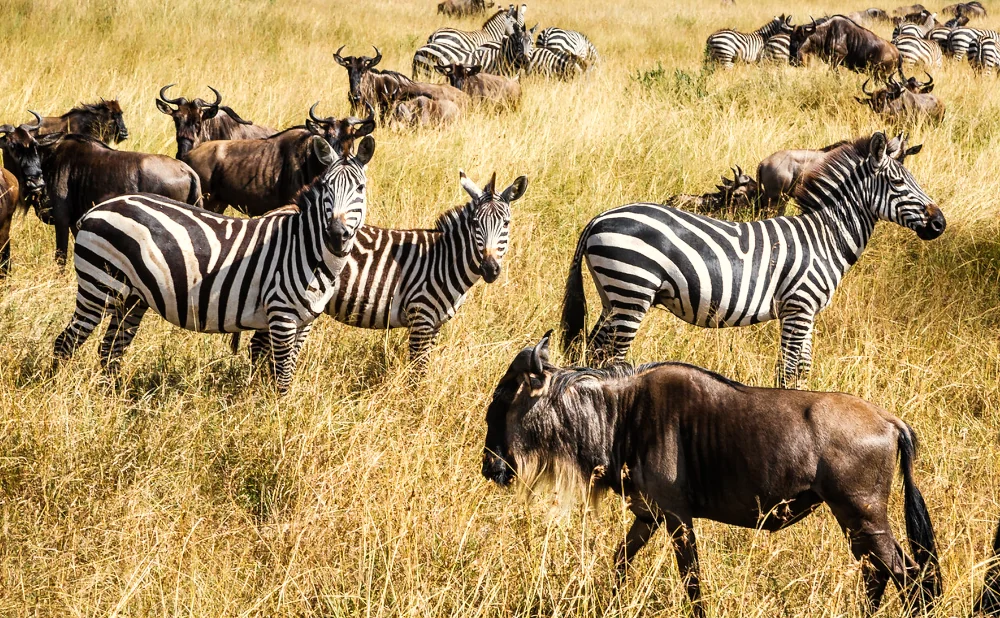Exploring the Serval Population in Moshi
The serval is a fascinating wildcat that roams the grasslands and savannas of Africa. With its long legs, large ears, and striking coat patterns, the serval is not only a skilled hunter but also a beautiful creature to behold. In Moshi, Tanzania, these wildcats have a unique relationship with the local environment and communities. This article explores the serval population in Moshi, how they live close to humans, and the importance of preserving their habitat.
Understanding the Serval
What is a Serval?
The serval (Leptailurus serval) is a medium-sized wildcat native to Africa. It is known for its distinctive appearance, characterized by a small head, large ears, a golden-yellow coat with black spots and stripes, and long legs that give it a graceful and agile stature. Servals are highly adapted to their environment, using their keen senses and agility to hunt and survive.
Habitat and Range
Servals prefer habitats with abundant water sources, such as wetlands, savannas, and grasslands. They are widespread across sub-Saharan Africa but are most commonly found in regions with tall grasses and dense vegetation, which provide cover and hunting grounds. In Moshi, servals thrive in the lush landscapes at the foot of Mount Kilimanjaro.
The Serval Population in Moshi
Living Close to Humans
In Moshi, servals often live close to human settlements. This proximity can lead to unique interactions between wildlife and people. While servals are generally elusive and prefer to avoid humans, they may venture into farmlands and villages in search of food. This coexistence presents both challenges and opportunities for wildlife conservation.
Challenges of Coexistence
Living close to humans can expose servals to various risks, including habitat loss, human-wildlife conflict, and poaching. As human populations grow and expand into natural habitats, servals may lose their homes and hunting grounds. Additionally, servals that prey on livestock or poultry can become targets of retaliation by farmers.
Conservation Efforts
Conservationists in Moshi are working to protect serval populations and their habitats. Efforts include educating local communities about the importance of servals, promoting coexistence strategies, and implementing measures to reduce human-wildlife conflicts. By fostering a deeper understanding and appreciation for servals, conservationists hope to ensure the survival of these unique wildcats.
Feeding and Behavior
Diet and Hunting Techniques
Servals are carnivorous and primarily hunt small mammals, birds, frogs, insects, and fish. Their long legs and large ears give them an advantage in hunting, allowing them to detect and pounce on prey with incredible precision. Servals are known for their impressive leaping abilities, which they use to catch birds in flight or rodents in tall grass.
Feeding Habits
In the wild, servals hunt primarily during the early morning and late afternoon. They use their sharp senses to locate prey and their agility to chase and capture it. Servals are solitary hunters, relying on their stealth and speed to secure meals. In areas where they live close to humans, servals may also scavenge or hunt livestock, which can lead to conflicts with farmers.
The Importance of Servals in the Ecosystem
Role in Biodiversity
Servals play a crucial role in maintaining the balance of ecosystems. As predators, they help control populations of small mammals and other prey species, which can prevent overgrazing and promote healthy vegetation. This, in turn, supports a diverse range of plant and animal life, contributing to overall biodiversity.
Indicator Species
Servals are considered indicator species, meaning their presence and health can reflect the overall condition of their environment. A thriving serval population suggests a healthy ecosystem with sufficient prey and habitat. Conversely, a declining serval population can signal environmental problems, such as habitat degradation or pollution.
How You Can Help
Supporting Conservation Organizations
One of the most effective ways to help servals and other wildlife in Moshi is by supporting conservation organizations. These groups work tirelessly to protect habitats, conduct research, and promote sustainable practices that benefit both wildlife and local communities. Donations, volunteering, and spreading awareness are all valuable contributions.
Promoting Sustainable Practices
Supporting and promoting sustainable practices in agriculture, tourism, and development can also have a positive impact on serval populations. Encouraging responsible land use, reducing habitat destruction, and minimizing human-wildlife conflicts are essential steps in ensuring the survival of servals and other wildlife.
Educating and Raising Awareness
Education and awareness are powerful tools in conservation. By learning about servals and sharing knowledge with others, you can help build a community that values and protects wildlife. Whether through social media, community events, or educational programs, raising awareness about the importance of servals can lead to positive change.
The serval population in Moshi is a testament to the beauty and diversity of Africa's wildlife. These elegant wildcats, with their unique adaptations and important ecological roles, deserve our attention and protection. By understanding their behavior, challenges, and the efforts to conserve them, we can contribute to a future where servals continue to thrive in their natural habitats. Through education, support for conservation initiatives, and sustainable practices, we can ensure that servals remain a vibrant part of Moshi's ecosystem for generations to come.











